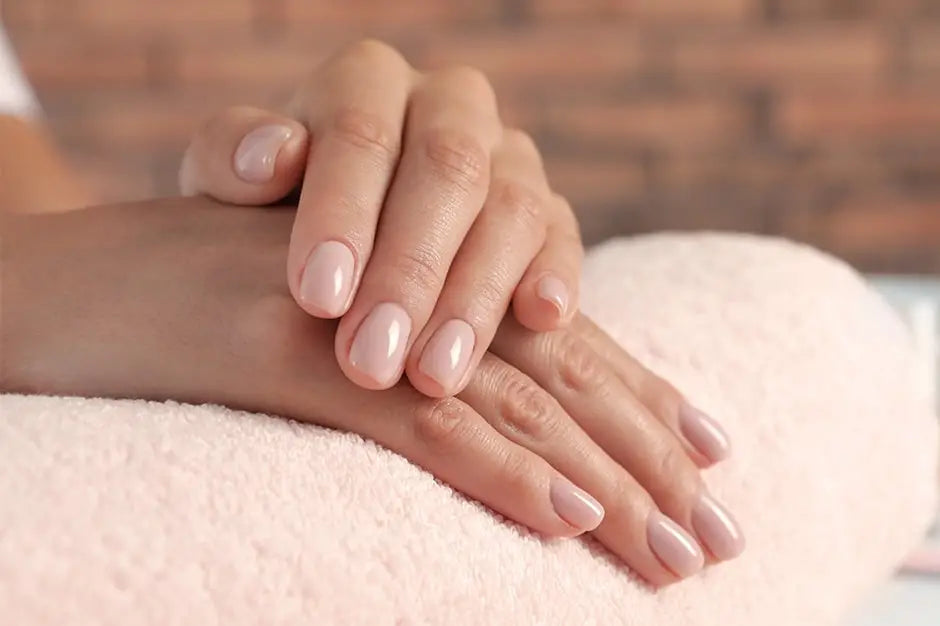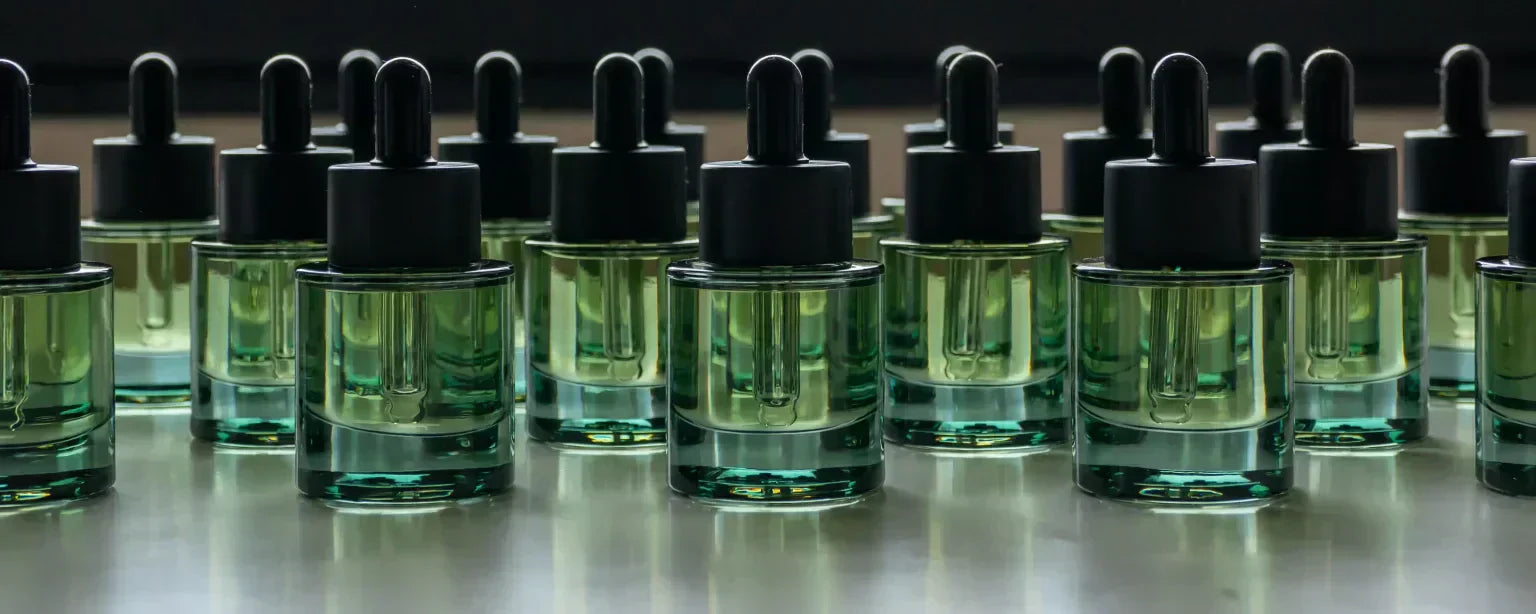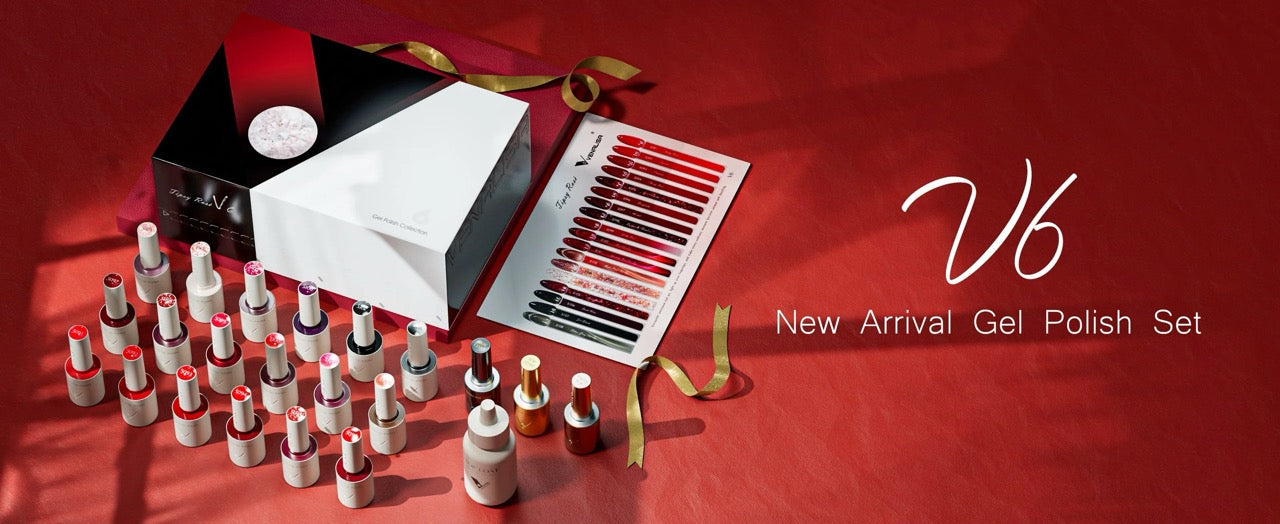There are several cases that are not too difficult for the guests, which they do not think are dangerous, but the specialist has to gather his knowledge in order to solve the task.
Thinned nails:
A thinned nail, regardless of whether it has been filed, the material has been torn off, or it is simply a naturally thin nail plate, is a difficult task, as you have to work on an overly flexible and weak surface, which is often combined with a sensitive nail bed. For this reason, we must definitely look for a material that binds with very minimal heat generation. A strong, hard material cannot be applied to a thin nail, because it will inflate due to excessive flexibility. You need a material that is slightly flexible, yet gives adequate support to the finished nail. Examples include Cool Protein gels or Smart Flex Gel Transparent Artificial Nail Gel - Clear 50g, but also the Polyacrylgel Prime product line. However, it is important to work in 2-3 thinner layers in this case, depending on the condition of the nail.
Cracked nail:
If the natural nail plate is cracked or broken crosswise, then if the previous material is still on it, the first step is to fix the line of the break. For this, we can use tip glue or porcelain, or acrylic gel, but make sure that it is only one that generates little heat during bonding. After fixing, gently shorten the nail (it is worth shortening it to the tip of the finger) and remove all material along the break. As a first step, use a gel that binds with a small amount of heat, in which a silk thread is laid before binding, then repeat after binding, thereby strengthening the nail plate. Then make it from jelly or from acrylic gel the desired nail. It is worth filling and checking the nail more often when the line of the break has reached the free edge, from then on it can be considered stable again.
Spoon-shaped nail:
It is a special case, because due to upward growth, the usual amount of material is lost in it, it can even be concave instead of the C-curve or balance point. At the same time, if too much material is used to achieve convexity, it will easily become airy in the middle of the nail bed during growth. In this case, by constantly observing the nail of the guest returning for filling, we have to find the thickness that gives just enough support so that the nail does not break, but does not yet air in the middle of the nail bed. In this case, it is also true that it is worth recommending a shorter length depending on the depression and the upward curve, and to build the nail again after a few fillings, thereby restoring a straight direction, which, however, will start upwards again and again during growth.
Curly nails:
Another influencing factor, but perhaps easier to correct, is when the excessively convex nail plate curves downward during growth. In this case, it is recommended to use less material in the area of the height point, since the curvature is given by the natural nail plate itself. In some cases, this can result in a free edge several millimeters thick, and we can correct this by filing it from below with a cone-shaped carbide head. We thin the free edge from the bottom, which is very difficult in the case of a short free edge, this is one of the few cases where the longer nail comes in handy. After a few occasions, it is also worth recommending a new construction to correct the direction of growth. Problematic nails: chewed, thinned, etc. What technique is recommended? - Part 1 in our article, you can read more useful tips that can help you solve these cases.
Article author:
Piece Year













Share:
Canni and Venalisa are artificial nail base material brands!
Updated Design and Speed